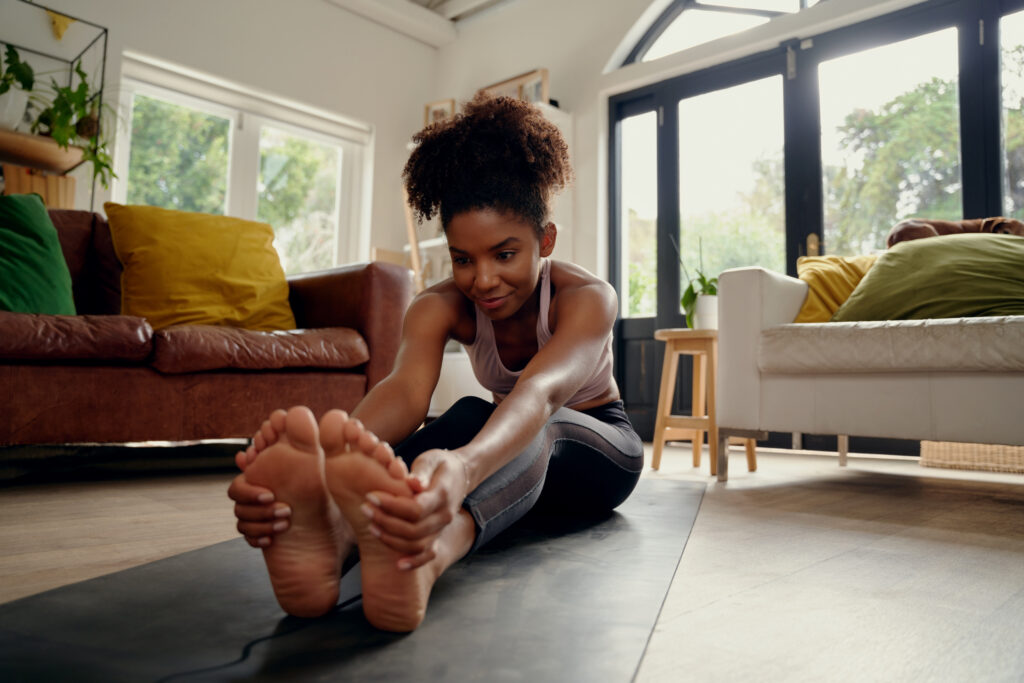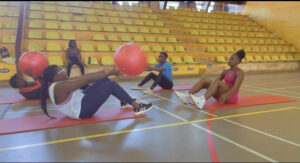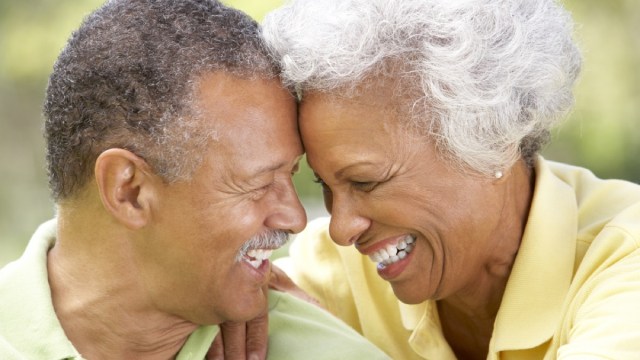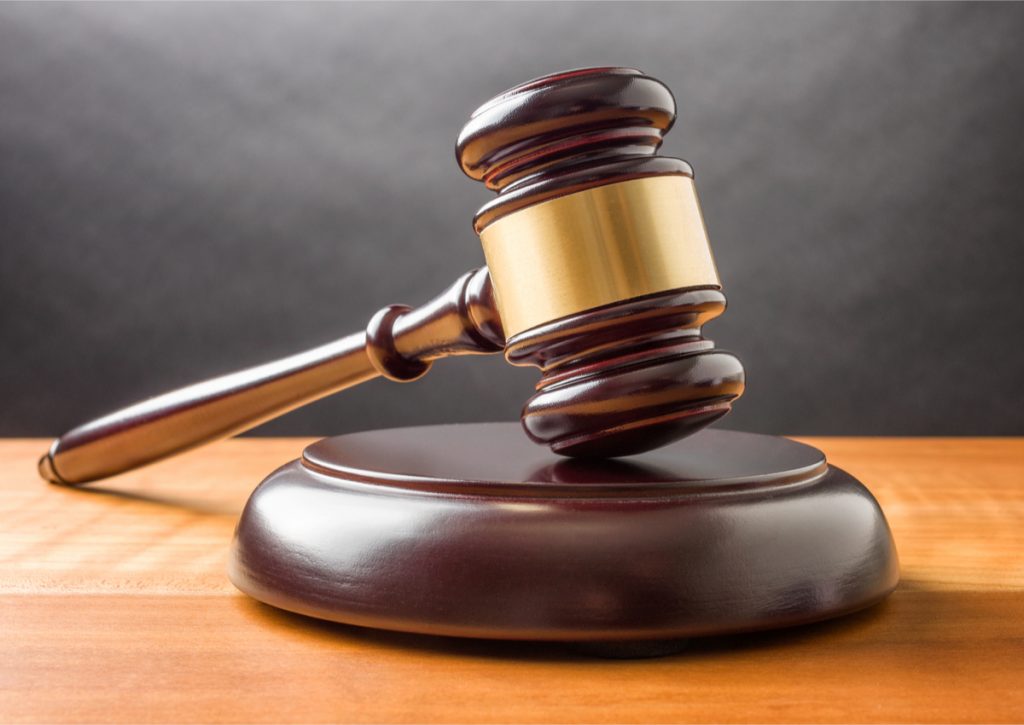Regular exercise could lead you to happy retirement

Gang Billy Bruno
Communications Dpt
When discussing retirement, we often look at finances and forget the physical aspects that could make retirement a nightmare. It is well-known that the biggest expenses in retirement stem from health-related issues.
According to the Centre for Disease Control (CDC) as people grow older, they become more prone to chronic conditions, which may limit bodily activities and require endless medical attention. The CDC points to conditions such as heart disease, cancer, and diabetes as the leading causes of death and disability among older persons.

Exercise is one of the best defenses against the physical aspects and health conditions that could deny you a happy retirement. Regardless of age and physical prowess, being physically active can improve brain health, help manage weight, reduce the risk of disease, strengthen bones and muscles, and improve one’s ability to do everyday activities. Adults enjoy numerous health benefits from sitting less and engaging in physical activity – be it moderate or vigorous.
Doreen Tumuhairwe, a health wellness and fitness specialist advises that there’s no need to engage in extreme exercise saying, “150 minutes of moderate-intensity physical activity and 2 days of muscle-strengthening activity. In other wards 30 minutes in 5 days / 50 minutes in 3 days is very good for a human body.” She adds, “adults who want to maintain physical and emotional independence must engage in regular physical exercises, we are never too old to start an exercise program if it’s done prudently and professionally.”
Tumuhairwe recommends that exercise should start from an early age as one moves towards retirement, rather than later when one is older and unable to undertake a built-up routine. “Strengthen your bones and muscles, as a young person, it’s important to protect your bones, joints, and muscles, they support your body and help ease movement as you grow older.”
It can be hard to find the time and energy to exercise regularly or prepare healthy meals. However, your efforts will pay off in many ways, and for the rest of your life. “Treat your body like it’s your money maker”-Doreen Tumuhairwe
Exercises recommended by Tumuhairwe
 For younger people, walking, jogging, sports like football, golf, rugby or tennis, swimming, skipping, dancing, skateboarding or rollerblading, cycling, Gymnastics, Martial arts, resistance exercises with exercise bands, weight machines or handheld weights are ideal for building strength.
For younger people, walking, jogging, sports like football, golf, rugby or tennis, swimming, skipping, dancing, skateboarding or rollerblading, cycling, Gymnastics, Martial arts, resistance exercises with exercise bands, weight machines or handheld weights are ideal for building strength.
Ideal exercise routines for older adults should incorporate a blend of aerobic exercise, strength/resistance training, and stretching/flexibility exercises. These are some of the great workout options that can help you improve your mobility, build strength, and enhance your balance and coordination.
Yoga: Yoga is a low-impact activity that won’t strain your joints. At the same time, it helps you build up your muscles, stabilize your core, improve your flexibility, and strengthen your bones.
Pilates: Like yoga, Pilates offers an effective workout while being gentle on joints. It focuses on building a strong core in order to improve balance and stability and has been shown to reduce the symptoms of arthritis, multiple sclerosis (MS).
Aerobic exercise: Adding endurance activity to your day can help boost cardiovascular function, strengthen lungs and airways, and improve everyday stamina. What counts as aerobic exercise? Walking, swimming are all good choices for older adults.
Strength training: I’m talking about low-impact bodyweight training exercises you can do at home to help reverse muscle loss and burn body fat. These include wall pushups, stair climbing, squats, and single-leg stands. Some strength-training routines also incorporate light hand weights/ dumbbells(2-5kg.) or resistance bands. Aim for 2-4 workouts weekly to reap the most benefits in addition to this, participating in your favourite sport like Golf is ideal.
Parting shot
It’s never too late or too early to start exercising. The cumulative benefits of regular physical activity will reflect in your health and wellbeing even in old age.



